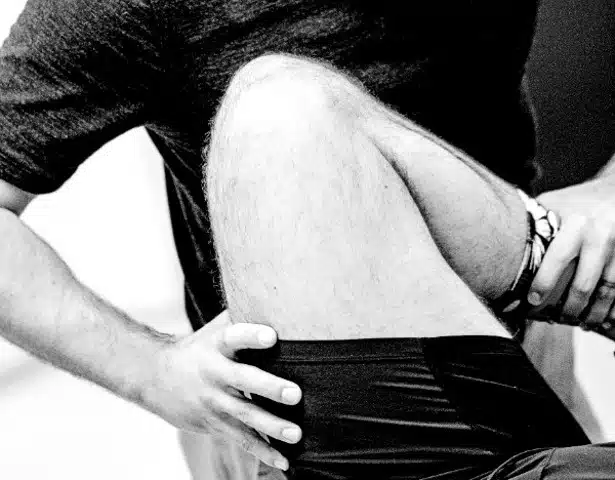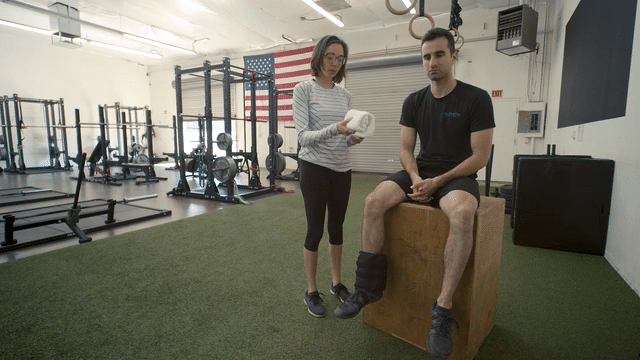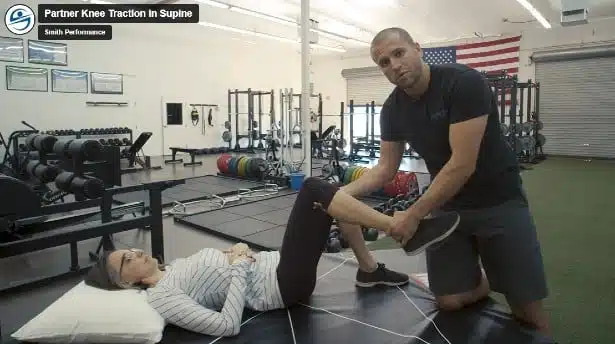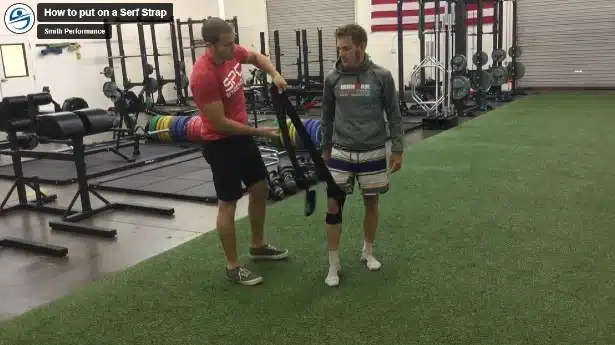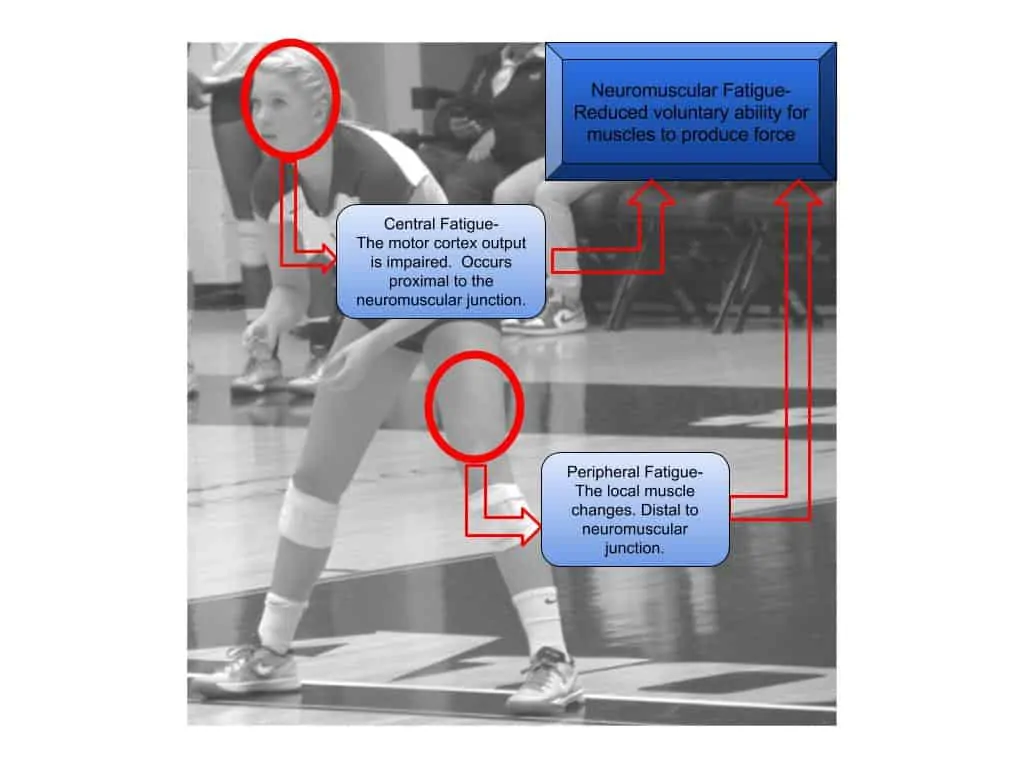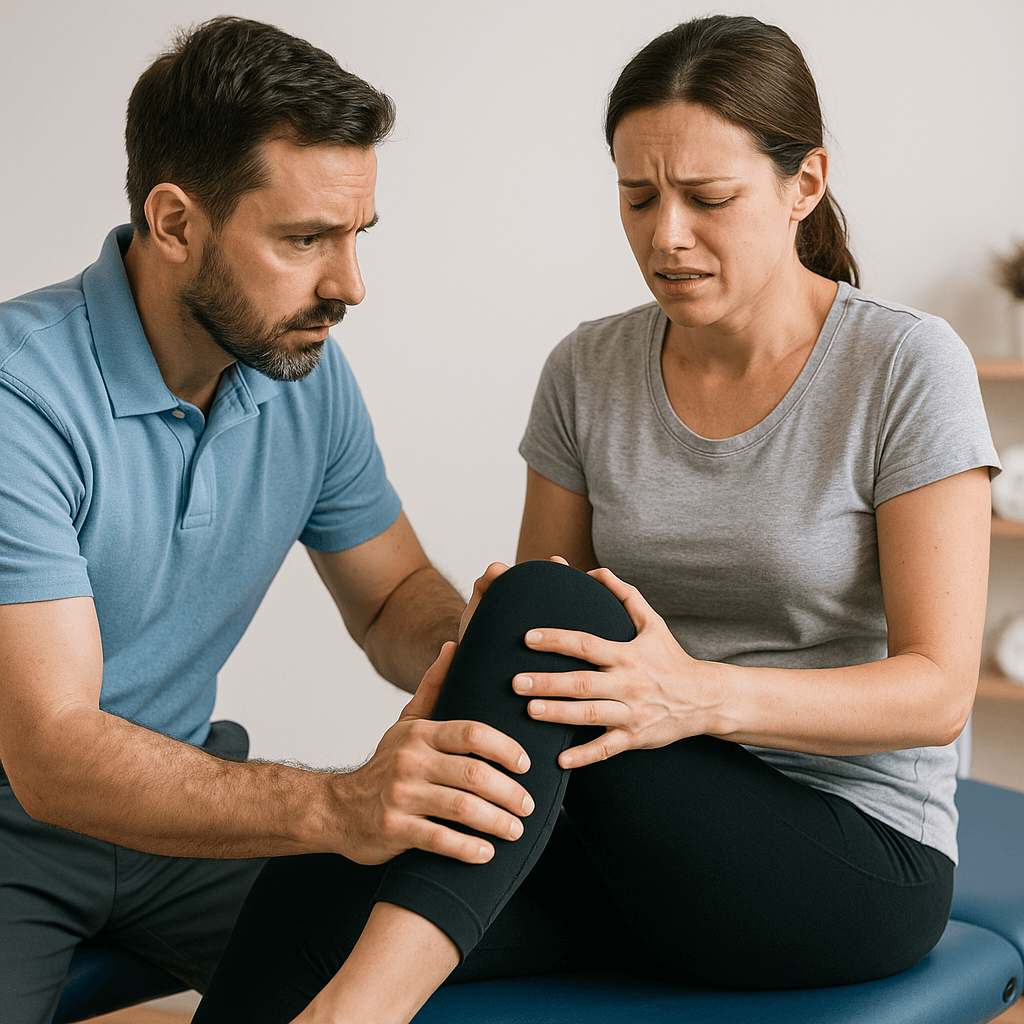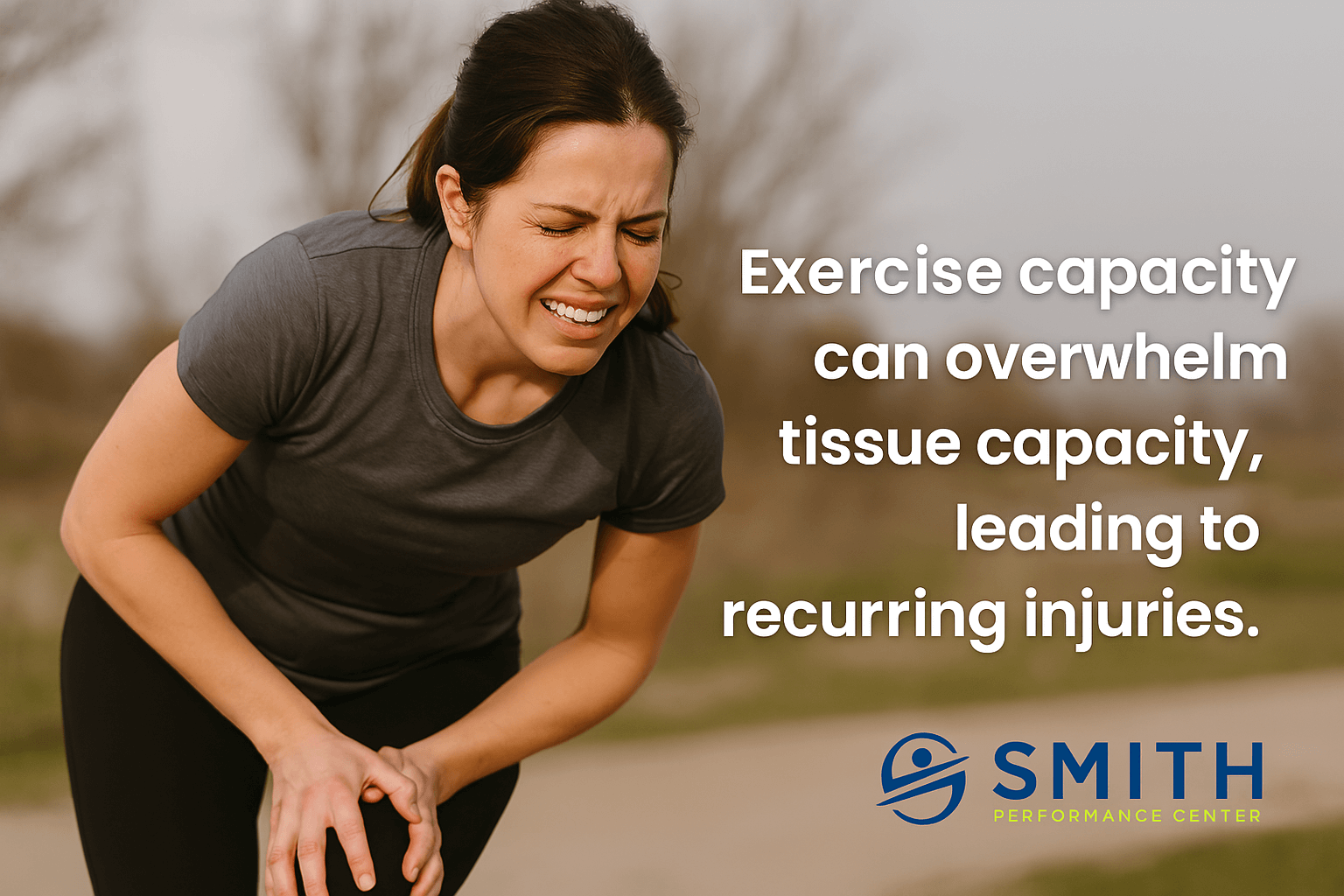
Meniscus Tears & Knee Pain: Why Rehab Needs More Than Just Cutting Out the Problem
The Evolution of Thought Around Meniscus Injuries Clinical practice is filled with successes and failures. For some reason, failures tend to linger in memory the longest and often drive the biggest changes in how we approach patient care. A significant moment in my clinical career involved a meniscus tear, knee pain, and the need for surgery. One of the most impactful shifts in my approach to knee pain, particularly in cases involving meniscus tears, came from a repeated clinical pattern: patients improving, then regressing, over and over. This frustrating cycle forced me to rethink my process and align it with a more structured framework—one that incorporates the Smith Performance Center Phases. This helped me answer the question, “Does a meniscus tear require surgery, or can it be successfully rehabbed without going under the knife?” The Traditional View: Meniscus Surgery vs. Rehab For years, meniscus tears were considered a primary cause

